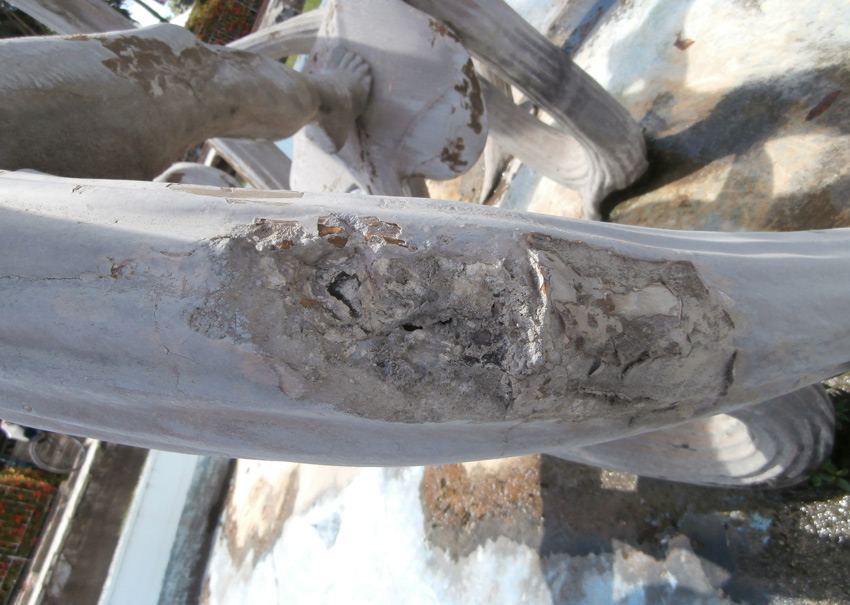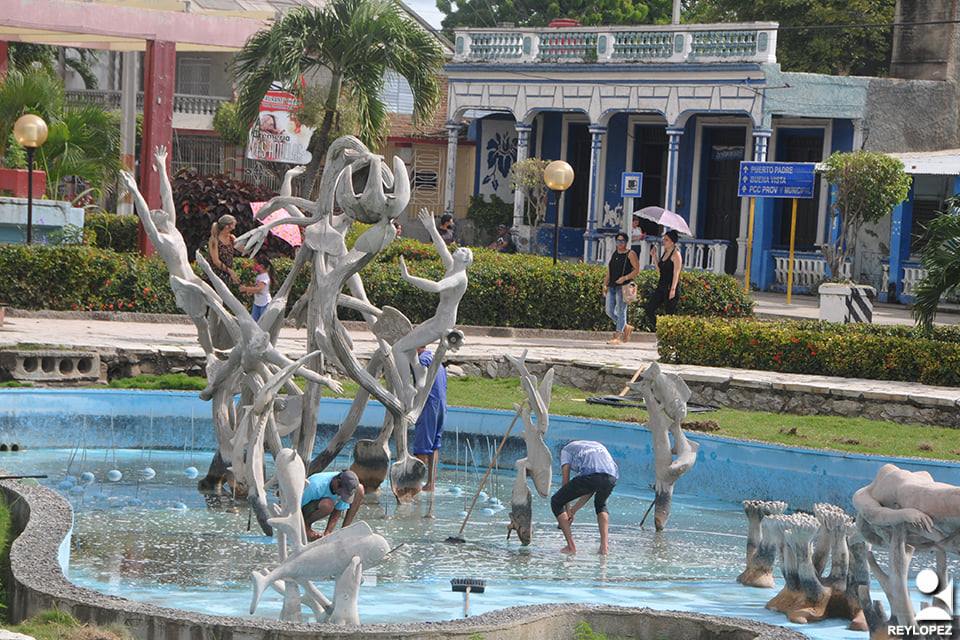
Las Antillas Fountain received the third mention of the National Heritage Award in the category of Restoration, something that was made public at the end of last year.
Undoubtedly, this is great news, not only because it is the first time that Las Tunas obtains a prize in that category, but also because it is a tribute to the restoration work of an important team of experts led by the valuable local sculptors Nover Olano and Pedro Escobar.
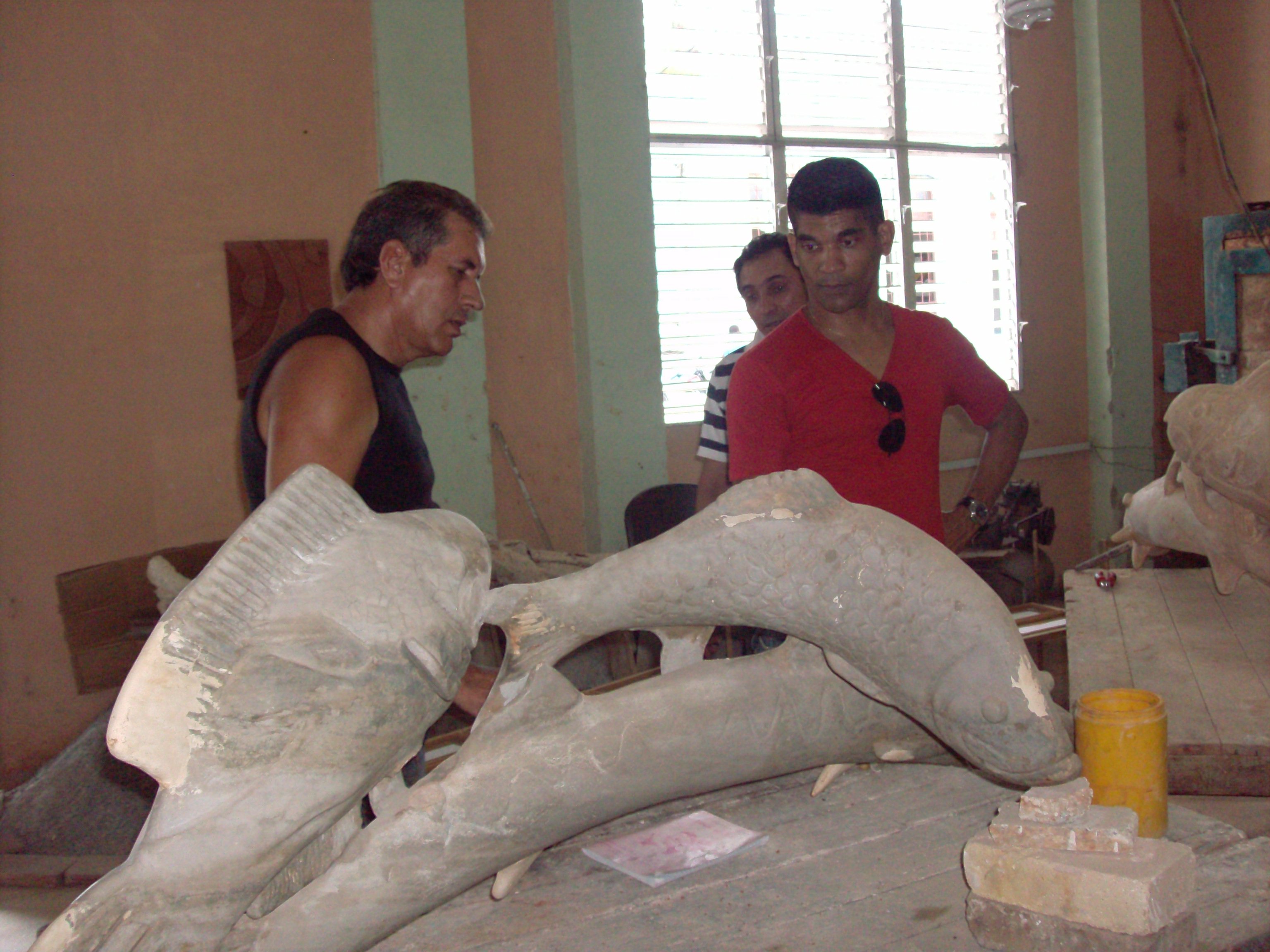
26 talked about all this with Nover Olano. From him we learned that the work on the site began in 2015, was preceded by an exhaustive inquiry, and for six months occupied the center of his sleepless nights.
“The restoration was divided into three phases. First, the study to determine what it was specifically needed to be done and the materials to be used. In the second phase, all the pieces were taken to the workshop and we made a large process with each one of them, we restored them, took out the molds, melted them and then inserted them back into place.
“The third part of the work was in situ, restoring all the pieces that had lost many parts. In addition, the pipes had to be uncovered and almost entirely replaced; that was among the most complex of what we undertook. For the first time, six-light fixtures were put around the site.
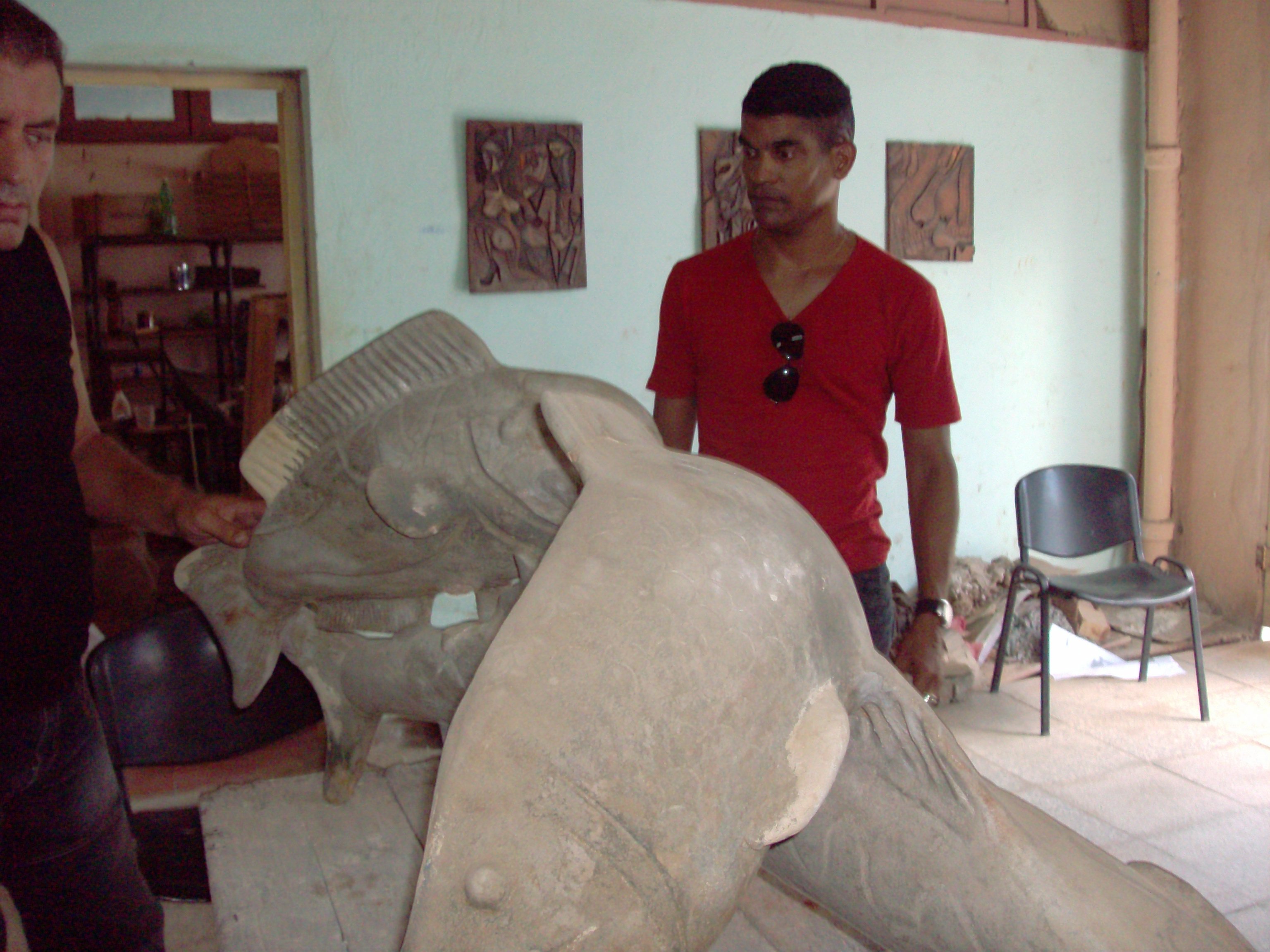
Among the most debated issues in the middle of the restoration process was the artists' demand to replace four of the original pieces, which were extremely damaged, with others, now out of their molds. Some experts insisted that this would detract from the value of the sculpture and, therefore, from its undeniable artistic and patrimonial credibility. However, the experts of the National Directorate of Codema assured that each work of this type allows a percentage of its parts to be renewed without losing its authenticity.
And now, after so much nonsense that was experienced at that time on the subject, it is even laughable that after five years, the four original pieces are (already restored) in safekeeping in the exact place where we talked and no one else has been concerned about them. We got to know them through Nover Olano, they are dusty and, in spite of that, beautiful. It is a pity that the idea of including them in the collection of the Rita Longa sculpture workshop school did not come to fruition. Will we be in time?
COMMUNAL SERVICES, THE OTHER STORY
For some, who are not few, it is almost a sacrilege that a large sculpture, like Las Antillas Fountain, the only one of its kind in Cuba, a symbol of the sculpture movement in all its dimension, remains at the mercy of the Municipal Directorate of Communal Services.
An entity lacking, for obvious reasons, of a budget destined exclusively to its conservation and of experts among its workers with the necessary professional competencies to put a stop to the use in the replacement of missing pieces of an inappropriate white cement or of a painting that, far from helping, conditions its permanence in time.
The best proof is that in the five years that have elapsed since the restoration process (the only one that the sculpture has undergone since it was placed in 1977), it has not been able to be kept in stable operation, except for small intervals.
For this reason, this media reached the Municipal Directorate of Communal Services. There we spoke with its director, the young Edennis Frómeta Correa. “Now we are on duty, there 24 hours a day, but the reality is that the Security and Protection personnel fluctuates a lot. Sometimes they have abandoned the service and, as a consequence, illegalities increase.
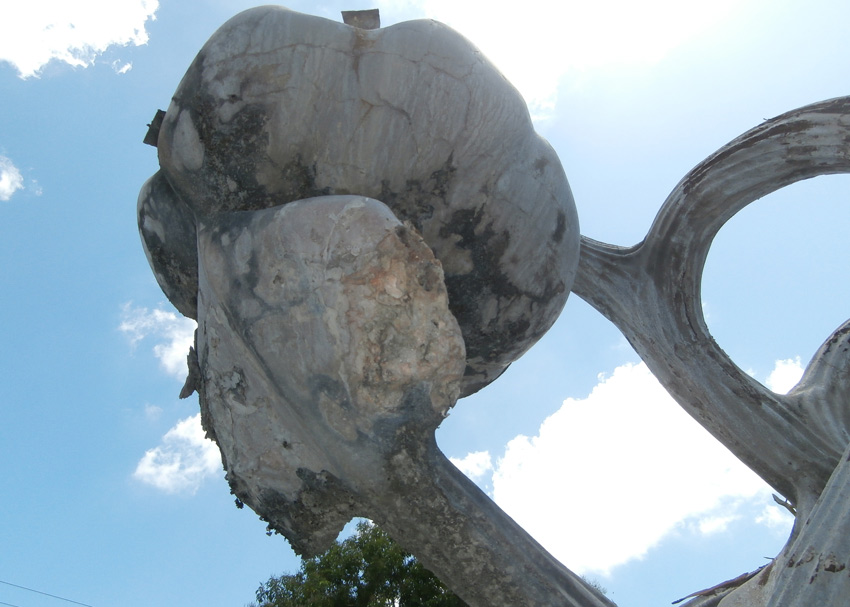
“People take a lamp today, another one tomorrow, and so on, with many of their elements. When we removed the balls that were on the nearby bridges, for example, we noticed that there was one that even had a stone in it.
Since last year we have been working on the rehabilitation of the site. This includes work in the Armando Mestre park, where we put lights with sconces that illuminate the face of the martyr.
The fountain has just been painted, with the correct raw material for it, and we expect it to be ready to start working in about 15 days. The lamps are also ready with the model they had originally. It had never had the illumination that it now exhibits.
In view of the many questions about the subject during these days, we asked him about the green areas. What happened to the weeping willow tree on the site? What are the precise requirements for pruning? Are they being met?
“The weeping willow tree that was there was given a rejuvenation pruning, that tree does not die. Because of the years it had been there, people coming along the Main Highway could not see the fountain, it was already too big. It takes about six months to recover, but it is sprouting. It was a decision that was agreed with the authorities of the municipality, it was not something arbitrary.
“A sanitary filling is also planned in Armando Mestre Park, there are trees that are sick, one of them has termites. We also have an oak tree that is at the entrance of the park that is totally leaning against the road and it has to be cut down because it is affecting traffic.
“We also took advantage of the interview to explain to the population that the works have not stopped. For example, the sundial that is between the park and Las Antillas Fountain is one of the components that we plan to revitalize at this stage. It retraces the life of Armando Mestre, and we are contacting the artist who made it because we want to restore it so that it will be complete.
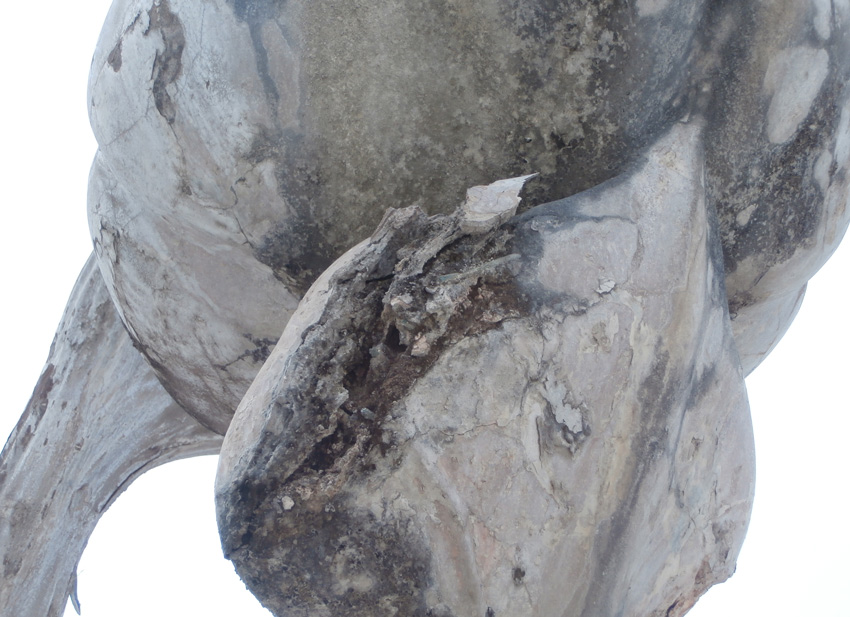
SYMBOL OF ALL
Many visitors insist, when arriving at Las Tunas, to go to the place, which is the major proof of their passage through these lands. Those born here accompany them, between pride and fear, because we never know for sure if it has water or not, until we are in front of it.
The experts have insisted that the exposure to the intense sun for long periods and then, when filling it, the constant cold, are the major causes of the cracking of the structures and possible cracks in the work. It is not just any sculpture, we cannot treat it as if it were. Hopefully, its most recent national award will serve as an eye-opener in this sense.
It is not fair to cut down a tree or make any decision about it without consulting, for example, the neighbors, the members of the local artistic vanguard, the Provincial Center of Plastic Arts, the people. These are not times for assumptions or decisions made on the basis of the appreciation or criteria, perhaps out of love itself, but without the most thorough inquiry.
The Fountain is ours and the fight against such social indiscipline that weighs it down should not be a matter of a few. It hurts a lot the multiple examples that, throughout the time have ruined enormous efforts for its conservation. And they range from papers thrown away and bathrooms at night to other more dismal, truly disconcerting ones.
The certain thing is that it turns out to be for decades, the postcard of presentation, the pride of the locals, and the announcement of good things. To take care of it is up to us; to do for it should be considered part of the best in defense of the province and its identity.
